The world hides secrets in its most remote corners, where isolated tribes live with little to no contact with modern society. These tribes are not just remnants of the past; they are vibrant, living cultures that offer a breathtaking window into humanity’s diverse heritage.
The Sentinelese Are the Most Isolated Tribe
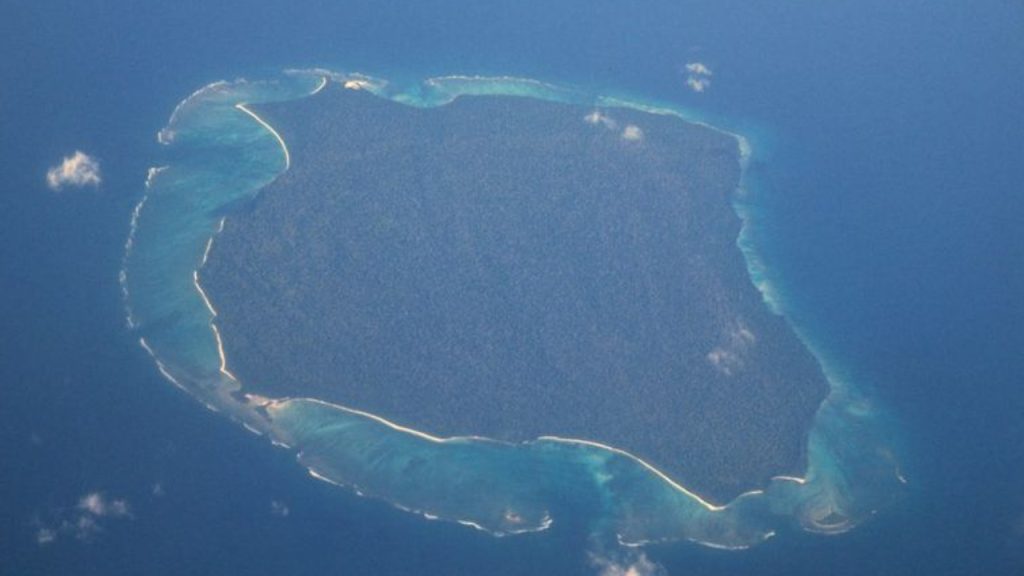
The Sentinelese people live on North Sentinel Island in the Indian Ocean. They are known as the most isolated tribe in the world, fiercely protecting their territory from outsiders. Contact with them is extremely rare, and they have consistently rejected attempts at interaction. Their way of life has remained largely unchanged for thousands of years.
The Yanomami Live in the Amazon Rainforest
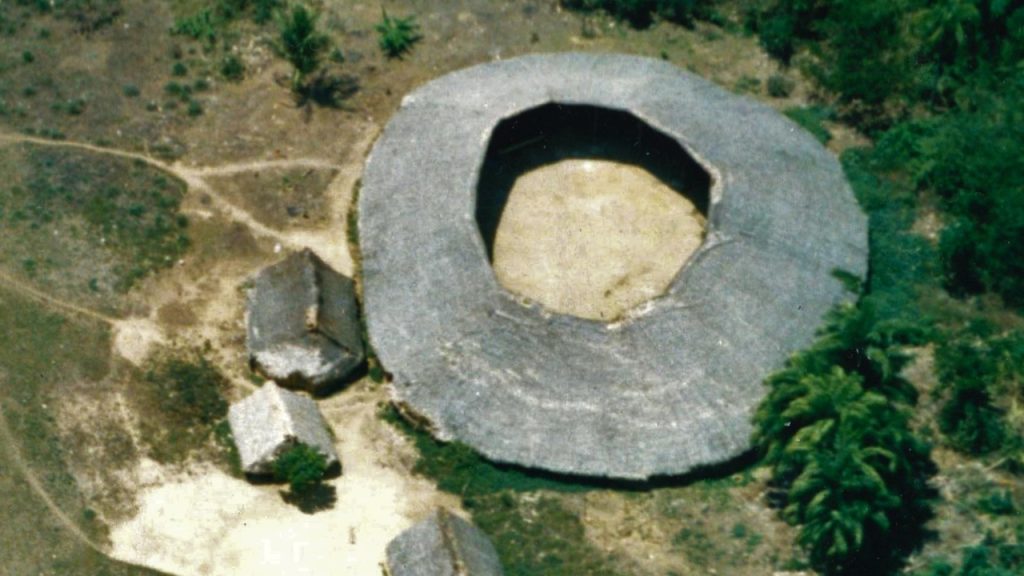
The Yanomami tribe resides in the Amazon rainforest, spanning areas of Brazil and Venezuela. They are one of the largest isolated tribes in South America, with a population of around 35,000. The Yanomami practice slash-and-burn agriculture, hunting, and fishing, living in communal houses called “yanos” or “shabonos.”
The Korowai Build Treehouses
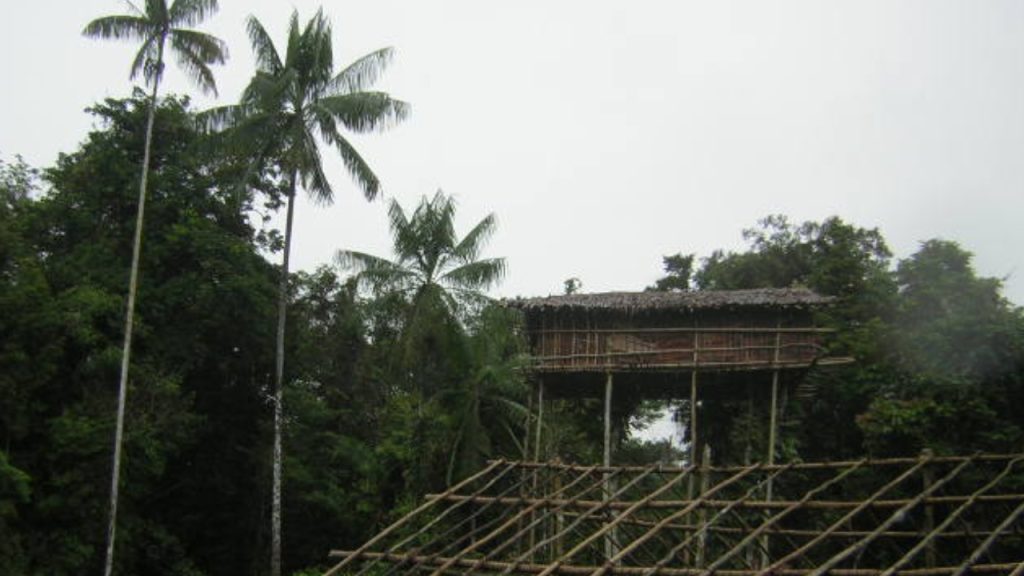
The Korowai people of Papua, Indonesia, are known for their unique treehouses, which they build high above the ground. These structures provide protection from floods and insects. The Korowai were first contacted by the outside world in the 1970s, and they continue to live a largely traditional lifestyle.
The Moken Are Sea Nomads
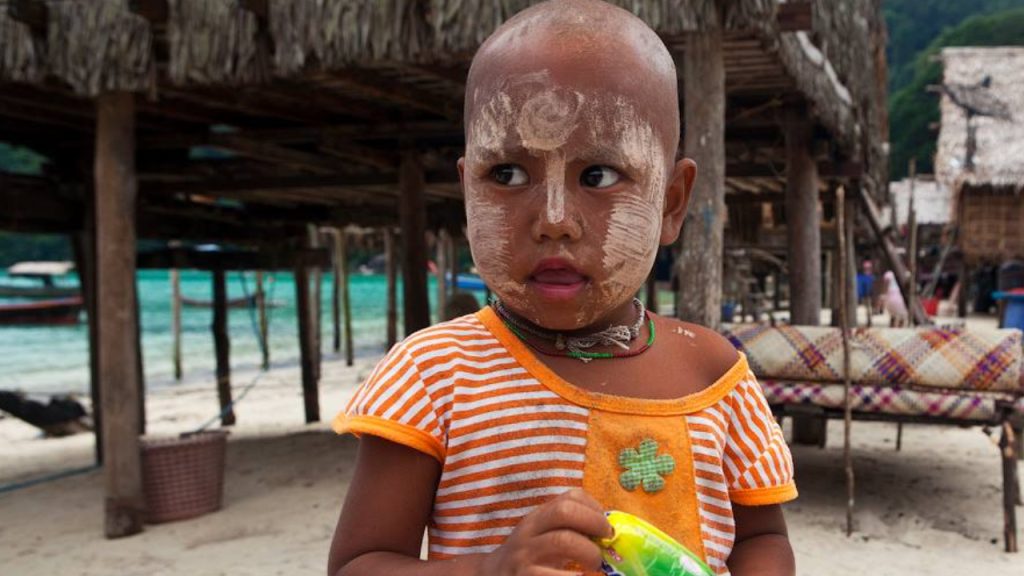
The Moken, often referred to as “Sea Gypsies,” live along the coasts of Thailand and Myanmar. They spend most of their lives on boats, diving for fish and other sea creatures. The Moken have exceptional underwater vision and can hold their breath for extended periods. Their nomadic lifestyle is threatened by modern development and changes to their environment.
The Awá Are Expert Hunters
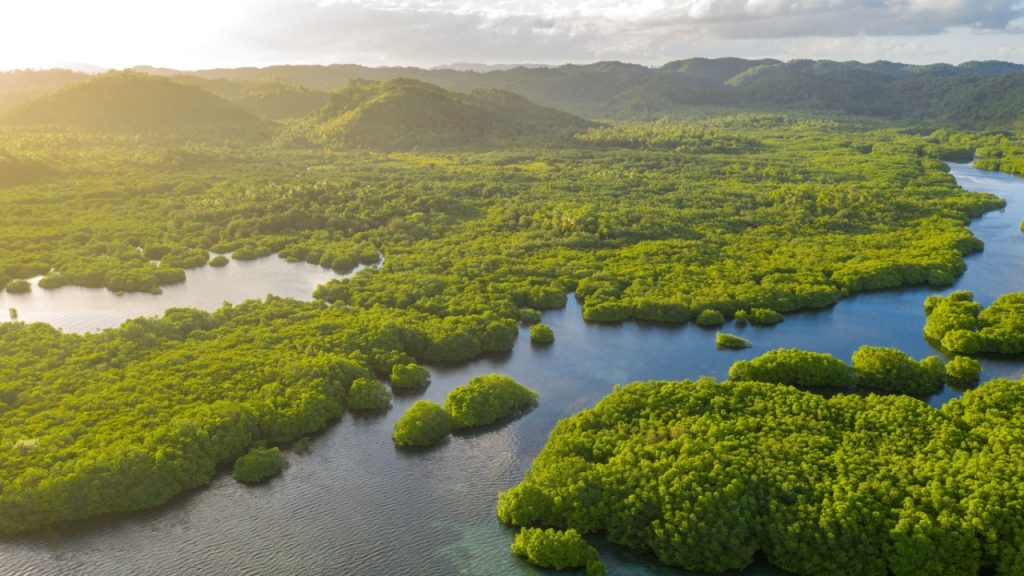
The Awá tribe of Brazil is one of the most endangered tribes in the world. They are known for their expert hunting skills, using bows and arrows to hunt in the dense Amazon rainforest. The Awá face significant threats from illegal logging and land encroachment, which have severely impacted their way of life.
The Himba Have Unique Hairstyles
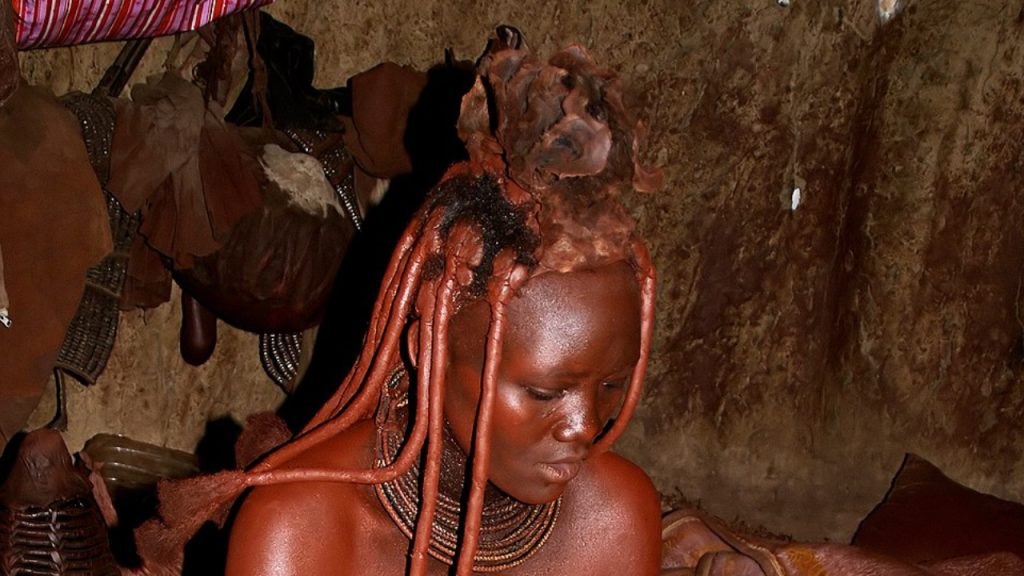
The Himba people of Namibia are famous for their distinctive hairstyles and body adornments. Women cover their hair and skin with a mixture of butterfat and ochre, giving them a reddish appearance. This practice not only enhances their beauty but also protects them from the harsh desert climate. The Himba continue to live as semi-nomadic herders.
The San Are One of the Oldest Tribes
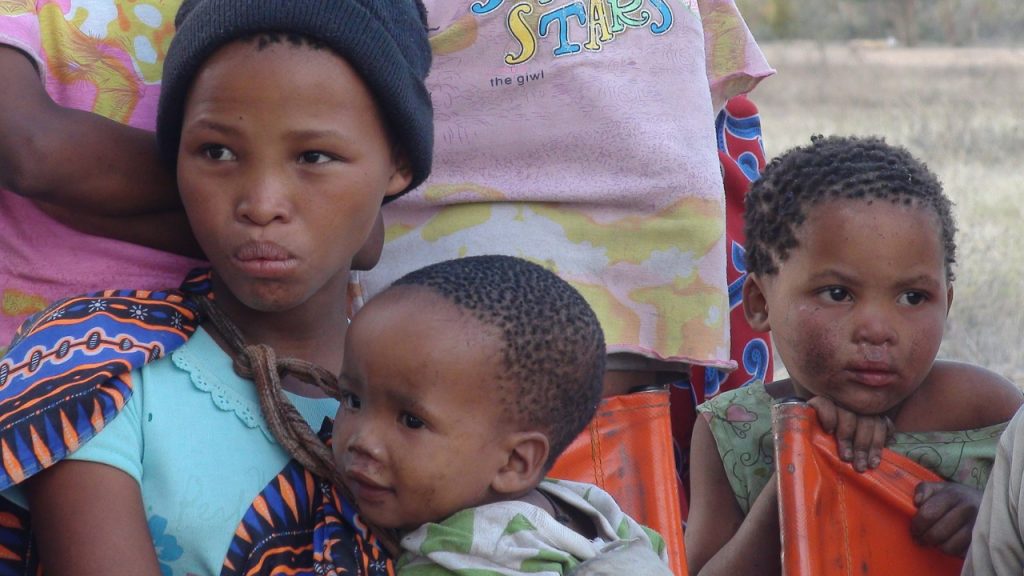
The San people, also known as Bushmen, are one of the oldest tribes in the world, with a history dating back over 20,000 years. They live in the Kalahari Desert in southern Africa and are known for their deep knowledge of the natural environment. The San are skilled hunters and gatherers, using traditional techniques passed down through generations.
The Surma Practice Lip Plates
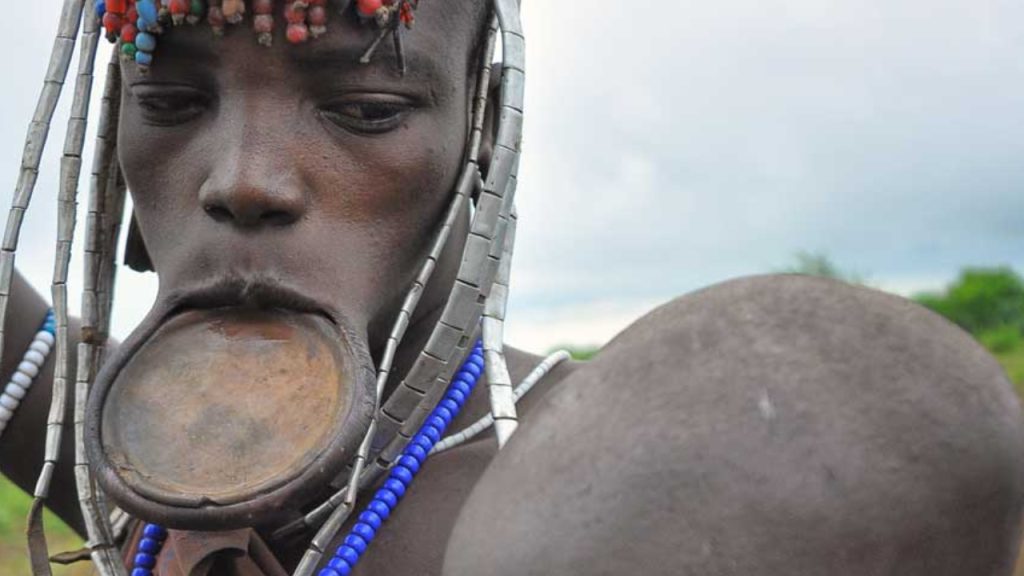
The Surma people of Ethiopia are known for their practice of wearing lip plates. Women begin stretching their lower lips at a young age, inserting increasingly larger plates over time. This tradition is a sign of beauty and social status within the tribe. The Surma also engage in stick fighting, which is an important cultural and social activity.
The Jarawa Live on the Andaman Islands
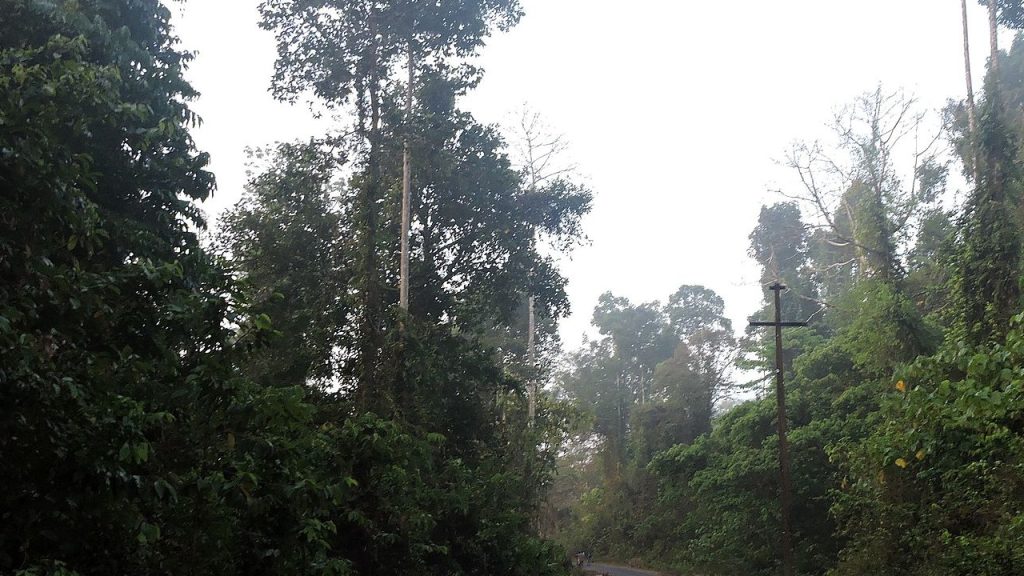
The Jarawa tribe inhabits the Andaman Islands in the Indian Ocean. They have lived in isolation for thousands of years, relying on hunting, fishing, and gathering for sustenance. Recent contact with the outside world has brought both opportunities and challenges, including the threat of disease and cultural disruption.
The Maasai Are Famous for Their Warrior Culture
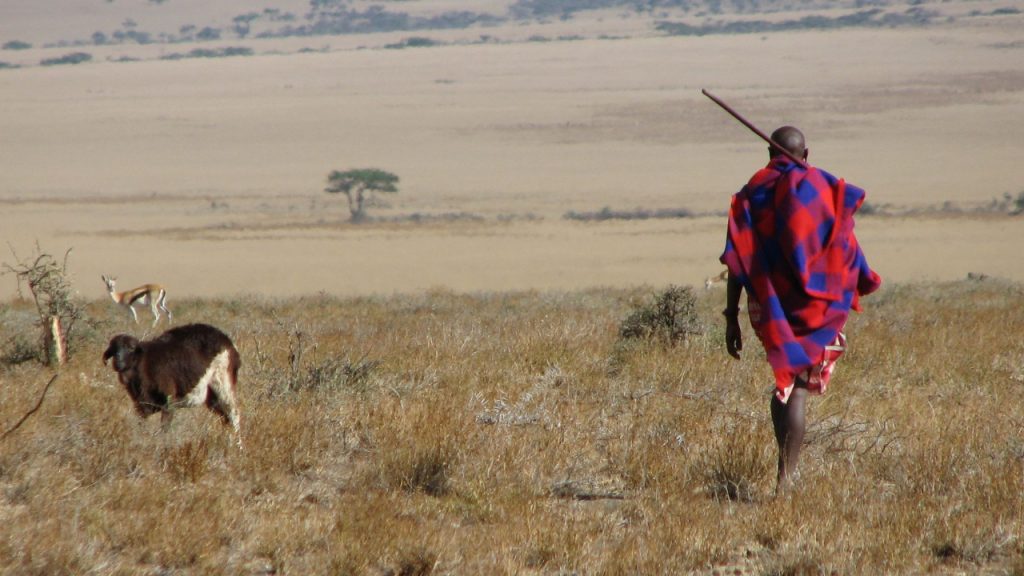
The Maasai people of Kenya and Tanzania are renowned for their warrior culture and distinctive dress. They are semi-nomadic herders, relying on cattle for their livelihood. The Maasai practice traditional rites of passage, including ceremonies for boys becoming warriors and girls entering womanhood. They are known for their vibrant clothing and intricate beadwork.
The Nukak Are Nomadic Hunter-Gatherers
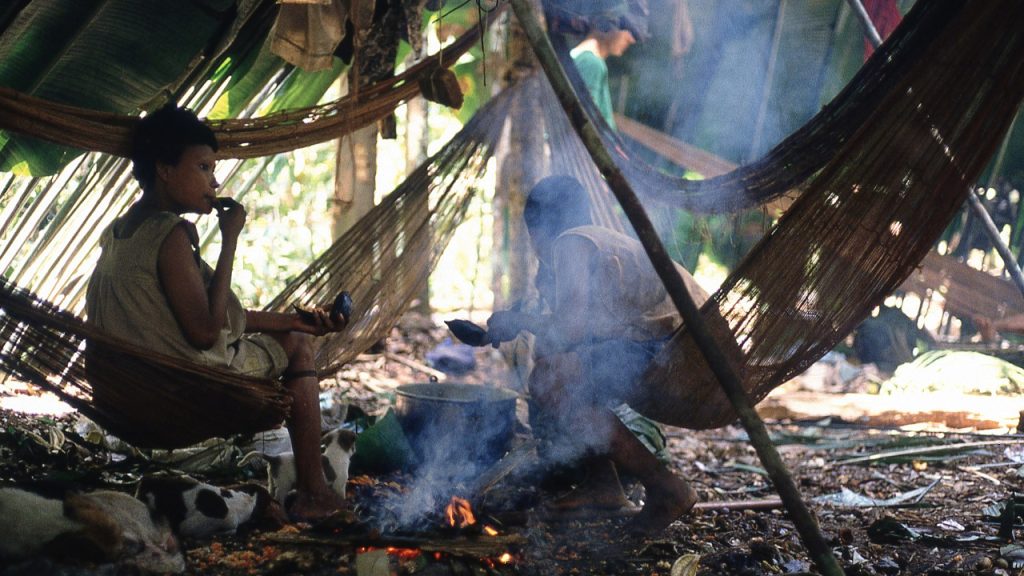
The Nukak tribe of Colombia is one of the last nomadic hunter-gatherer tribes in the Amazon. They live in small, mobile groups, moving through the rainforest in search of food. The Nukak face significant threats from deforestation, armed conflict, and disease, which have drastically reduced their population.
The Dani Have Unique Rituals

The Dani people of Papua, Indonesia, are known for their unique rituals, including the practice of finger amputation as a sign of mourning. They live in the highlands of Papua and practice agriculture, growing sweet potatoes and raising pigs. The Dani maintain a rich cultural heritage, with elaborate ceremonies and traditional dances.
The Asaro Mudmen Wear Clay Masks/iam
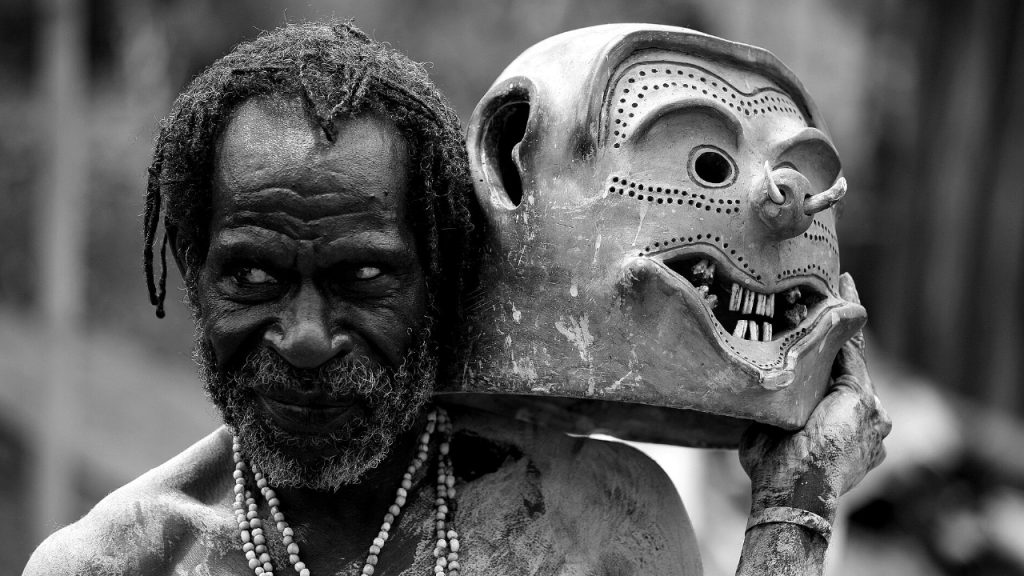
The Asaro Mudmen of Papua New Guinea are famous for their eerie clay masks and body paint. They wear these masks during traditional ceremonies and performances, which are believed to have originated as a tactic to scare away enemies. The Asaro Mudmen’s dramatic appearance has become a symbol of their cultural identity.
The Huli Wigmen Craft Elaborate Headdresses
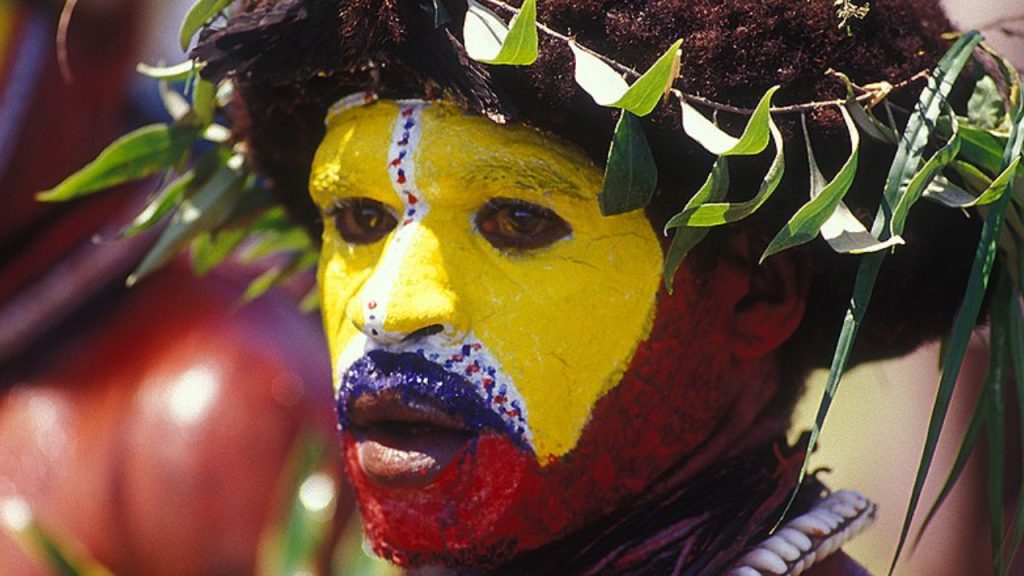
The Huli people of Papua New Guinea are known for their elaborate headdresses made from human hair, feathers, and other materials. These headdresses, called “Huli wigs,” are crafted by men as a display of status and beauty. The Huli also engage in traditional warfare, maintaining a warrior culture that has endured for generations.
The Rục Practice Animism
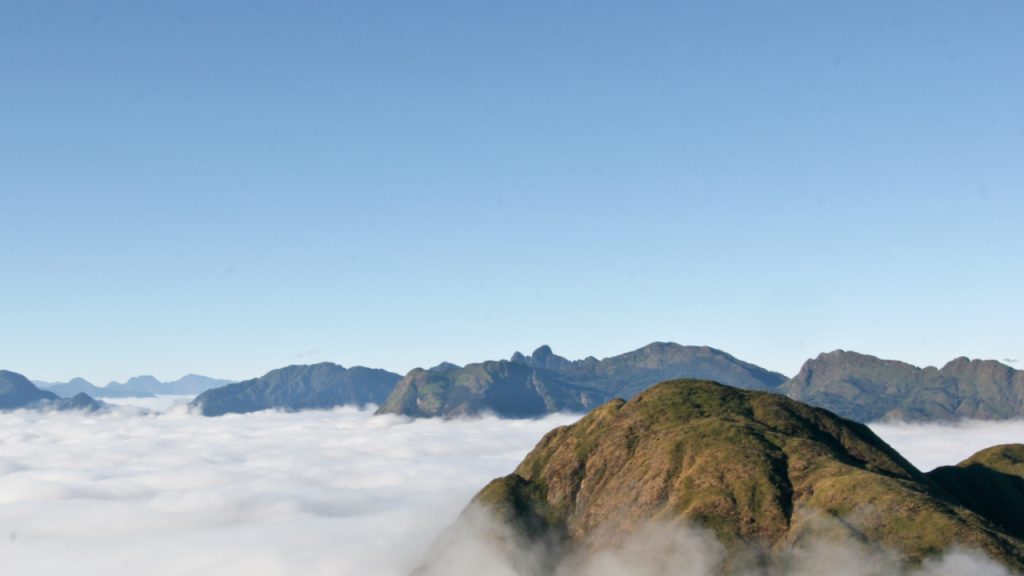
The Rục people of Vietnam are one of the smallest ethnic groups in the country. They practice animism, believing that spirits inhabit natural objects and animals. The Rục live in remote mountainous areas and rely on hunting, fishing, and foraging. Their traditional way of life has been impacted by modern development and government policies.
Ellen has been obsessed with logic puzzles, jigsaws, and cryptograms since she was a kid. After learning she was taught how to play chess wrong by a family friend (so they could win), she joined her school chess club and the rest is history.

